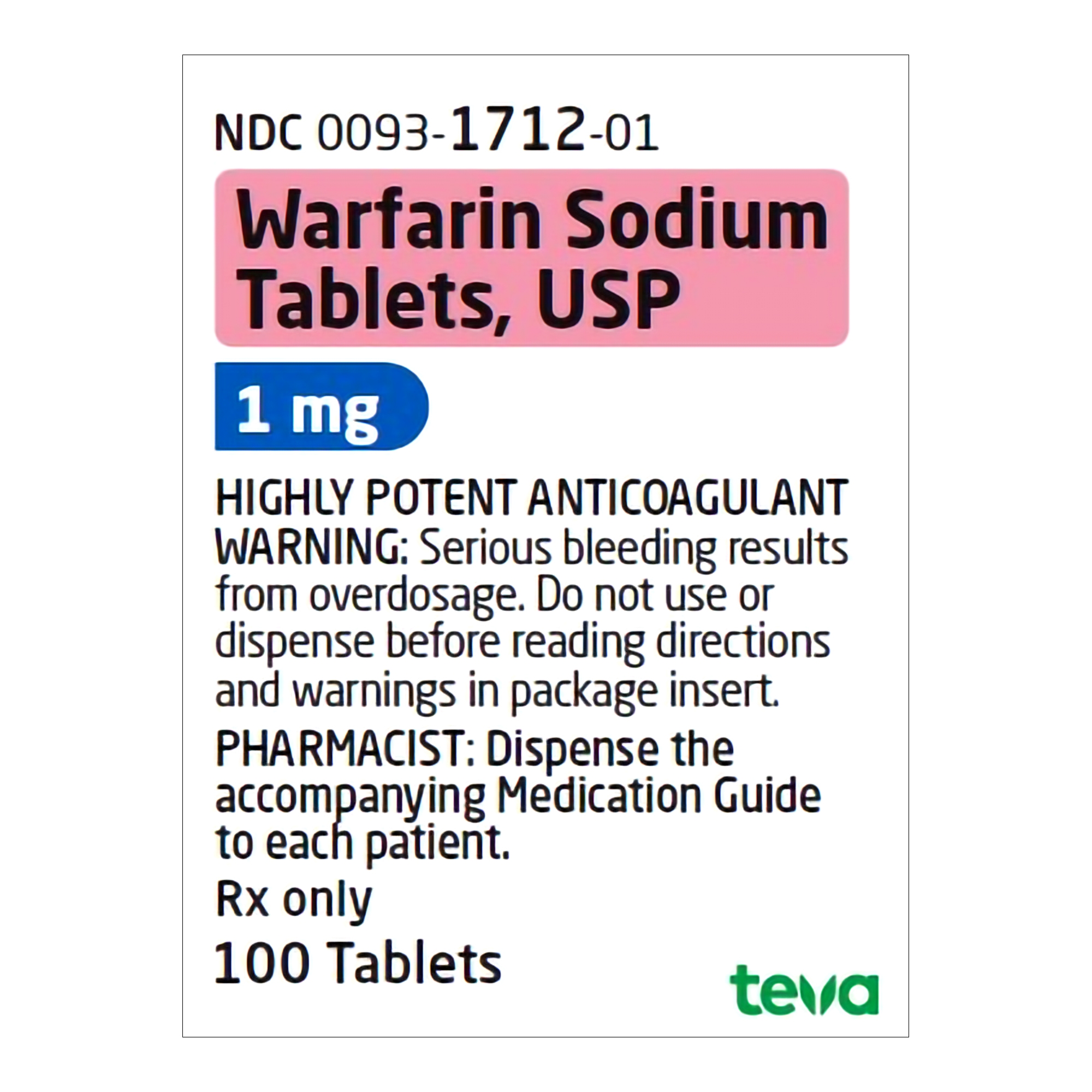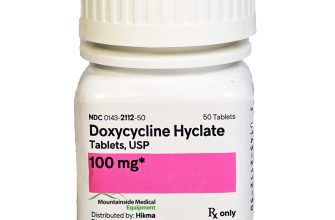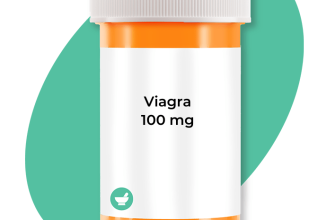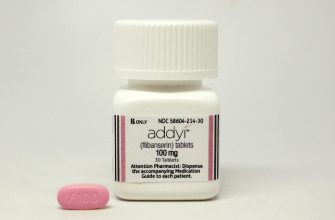Need to understand Warfarin Sodium quickly? Focus on precise dosage. Maintaining a consistent INR (International Normalized Ratio) between 2.0 and 3.0 is critical for effective blood thinning while minimizing bleeding risk. Regular blood tests are non-negotiable; your doctor will schedule these to monitor your INR and adjust your dose accordingly.
Dietary considerations are significant. Avoid drastic changes in your Vitamin K intake, as this affects Warfarin’s potency. Maintain a consistent daily intake of leafy green vegetables and other foods rich in Vitamin K. Consult your physician or a registered dietitian for personalized dietary advice. This will help prevent unexpected INR fluctuations.
Recognize potential drug interactions. Many medications, including antibiotics and some over-the-counter drugs, can interact with Warfarin, altering its effectiveness. Always inform your doctor and pharmacist about all medications you are taking, including supplements. This proactive approach helps prevent complications.
Always carry a medical alert bracelet or card. This is especially important in case of an accident or emergency. Prompt access to this information can be lifesaving, enabling medical professionals to rapidly assess your condition and provide appropriate treatment.
Remember: This information is for educational purposes only and does not replace professional medical advice. Regular communication with your healthcare provider is paramount for safe and effective Warfarin management. Schedule follow-up appointments as directed.
Warfarin Sodium: Understanding its Mechanism of Action
Warfarin sodium inhibits vitamin K epoxide reductase (VKOR), a crucial enzyme in the vitamin K cycle. This enzyme is responsible for recycling vitamin K, a vital cofactor for four clotting factors: II, VII, IX, and X. By blocking VKOR, Warfarin prevents the activation of these factors.
Specifically, Warfarin prevents the carboxylation of glutamate residues on these clotting factors. This carboxylation is necessary for their proper function, enabling them to bind to calcium ions and other components of the coagulation cascade. Without carboxylation, these factors are inactive, significantly reducing the blood’s clotting ability.
The impact of this inhibition is a reduction in prothrombin (Factor II) and other vitamin K-dependent clotting factors. This leads to prolonged prothrombin time (PT) and international normalized ratio (INR), indicators commonly used to monitor Warfarin’s therapeutic effect and to adjust dosage accordingly. Dosage adjustments account for individual variations in metabolism and response.
Note: While Warfarin primarily targets vitamin K-dependent clotting factors, it also indirectly influences other aspects of hemostasis. Understanding this complex interaction is key to managing anticoagulant therapy safely and effectively. Regular monitoring by a healthcare professional is paramount.
Remember: This information is for educational purposes only and does not constitute medical advice. Always consult your physician or pharmacist for any questions regarding Warfarin therapy or before making any changes to your medication regimen.
Warfarin Sodium: Dosage, Administration, and Monitoring
Dosage depends heavily on individual factors; your doctor determines your specific needs. Initial doses typically range from 2 to 5 mg daily, but adjustments are frequent. Regular INR (International Normalized Ratio) monitoring is crucial for safe and effective therapy. Aim for an INR between 2.0 and 3.0, though the target range might vary based on your condition.
Administer warfarin orally, once daily, at the same time each day. Consistency is key for predictable blood levels. Avoid grapefruit and grapefruit juice, as they can alter drug metabolism. Dietary intake of vitamin K should remain consistent–avoid sudden, significant changes.
Monitoring involves regular INR testing. Frequency depends on your stability and response to treatment. Initially, frequent testing (perhaps weekly) is common, gradually decreasing to monthly or even less often as you stabilize. Your physician will guide you on the appropriate schedule. Report any unusual bleeding or bruising immediately. Consistent communication with your healthcare provider is vital for managing your warfarin therapy.
Remember: This information is for educational purposes only and does not constitute medical advice. Always follow your doctor’s instructions.
Potential side effects include bleeding, bruising, and skin reactions. Seek immediate medical attention if you experience any concerning symptoms.
Warfarin Sodium: Precautions, Contraindications, and Potential Risks
Before starting Warfarin, inform your doctor about all medications you take, including over-the-counter drugs and supplements. This includes herbal remedies, as some can significantly interact with Warfarin, increasing bleeding risk. Regular blood tests are necessary to monitor your INR (International Normalized Ratio) and adjust your dosage accordingly.
Precautions During Warfarin Therapy
Avoid activities with a high risk of injury, such as contact sports. Maintain a consistent diet, as significant changes in vitamin K intake can affect your INR. Alcohol consumption should be moderated, as it can interact with Warfarin. Report any unusual bruising, bleeding (nosebleeds, gum bleeding), or dark stools immediately to your physician. Regular dental checkups are recommended to prevent gum bleeding and minimize the risk of complications.
Contraindications and Potential Risks
Warfarin is contraindicated in individuals with uncontrolled bleeding disorders, severe liver or kidney disease, and certain types of heart valve problems. Pregnancy and breastfeeding require careful consideration and monitoring. Potential adverse effects include bleeding, allergic reactions (rash, itching, swelling), and interactions with numerous drugs. Always discuss potential side effects with your doctor before beginning Warfarin therapy. Serious complications like internal bleeding are possible, though rare with proper monitoring.
Specific Considerations
Pregnancy and Breastfeeding: Warfarin use during pregnancy carries risks to the developing fetus. Breastfeeding mothers should discuss the risks and benefits with their healthcare provider. Dietary Considerations: Consistent intake of Vitamin K-rich foods is important to maintain stable INR levels. Avoid significant fluctuations in dietary Vitamin K consumption. Drug Interactions: Numerous medications can interact with Warfarin, including antibiotics, antifungals, and non-steroidal anti-inflammatory drugs (NSAIDs). Always consult your doctor before starting or stopping any medication while on Warfarin.







